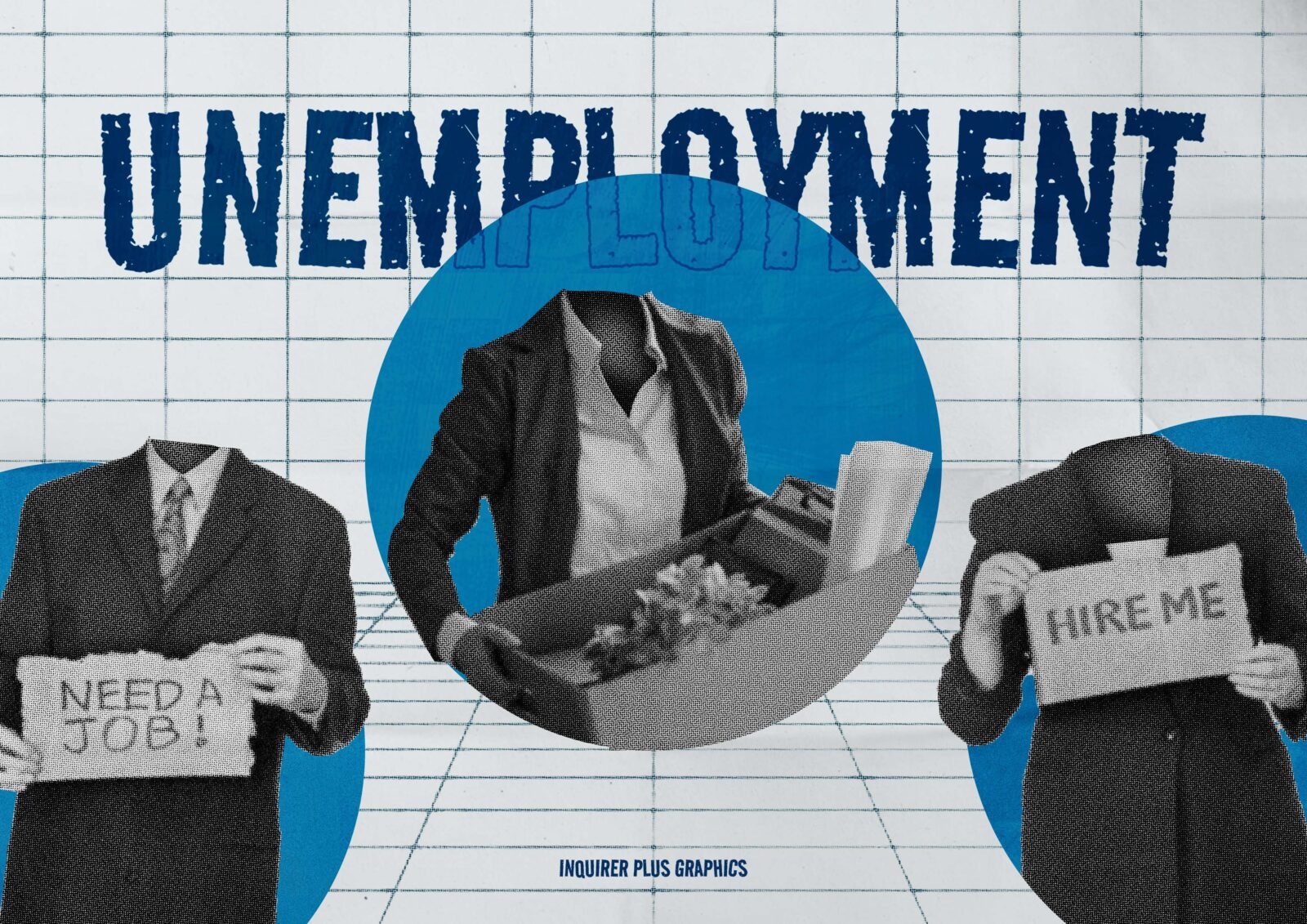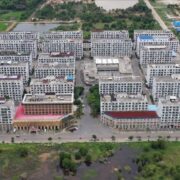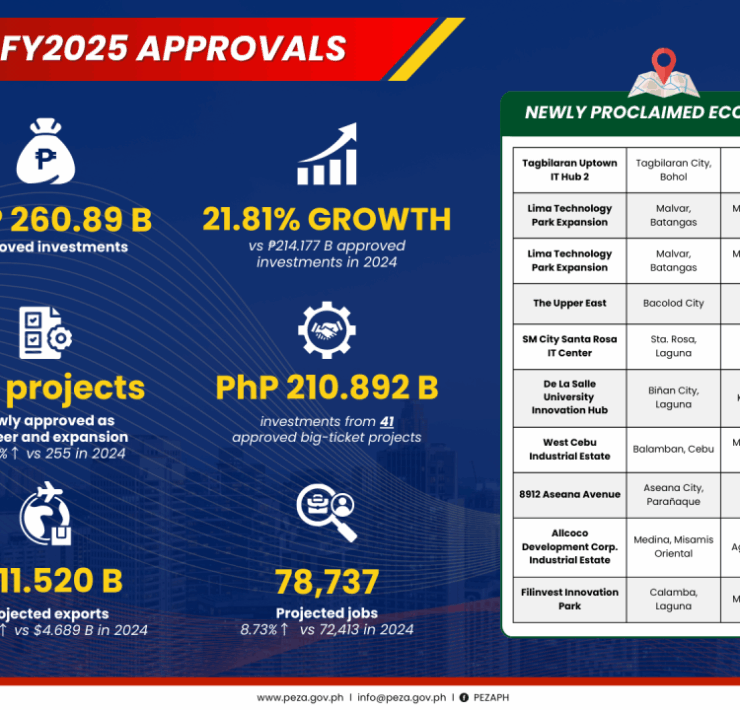PH jobless rate eased to 3.7% in June

The country’s unemployment rate dropped to a six-month low in June, as easing inflation and borrowing costs likely encouraged businesses to ramp up hiring to heed improving consumer demand.
But beneath the surface, signs of precarious employment raised questions about the quality and stability of jobs being added.
The Philippine Statistics Authority reported on Wednesday that 1.95 million Filipinos were unemployed in June, down from 2.03 million in May. The jobless rate eased to 3.7 percent, from 3.9 percent a month earlier, marking the lowest level since December 2025, when it stood at 3.1 percent.
The figures were based on a survey of 11,148 households conducted nationwide.
Much of the employment growth came from the wholesale and retail trade sector, which added 908,000 jobs in June.
“Lower prices and the reduced cost of borrowing boost consumer spending, increasing the demand for goods and services,” said Franco Gabriel Gonzales, an economist at Oikonomia Advisory and Research Inc. “With this, businesses are induced to hire more workers to meet the increased demand.”
Quality of jobs
Still, not all labor market signals pointed to a positive direction.
The labor force participation rate—a key measure of the share of the working-age population that is employed or actively looking for work—edged down slightly to 65.7 percent in June, from 65.8 percent the previous month. The decline was more notable when compared with the 66 percent share recorded in the same month last year.
According to the statistics agency, the top reasons cited by those who exited the labor force were family responsibilities, retirement and schooling. But even among those who found work, many faced precarious employment conditions.
The underemployment rate—which tracks the share of employed individuals seeking additional hours or income—fell to 11.4 percent, a four-month low. While this suggests some improvement, the share of wage and salaried workers, a proxy for stable jobs, slipped to 63 percent from 63.8 percent.
At the same time, the proportion of unpaid family workers rose to 8 percent from 7.5 percent.
Leonardo Lanzona, a labor economist at Ateneo de Manila University, said such results made the banner figures “potentially misleading.”
“When people take informal or unpaid work, they’re often accepting worse conditions out of necessity, showing that they are still economically vulnerable, working without benefits or job security, and potentially earning less than they need,” Lanzona said.
“The decline in measured underemployment might be occurring because informal workers aren’t captured properly in underemployment statistics,” he added.





















